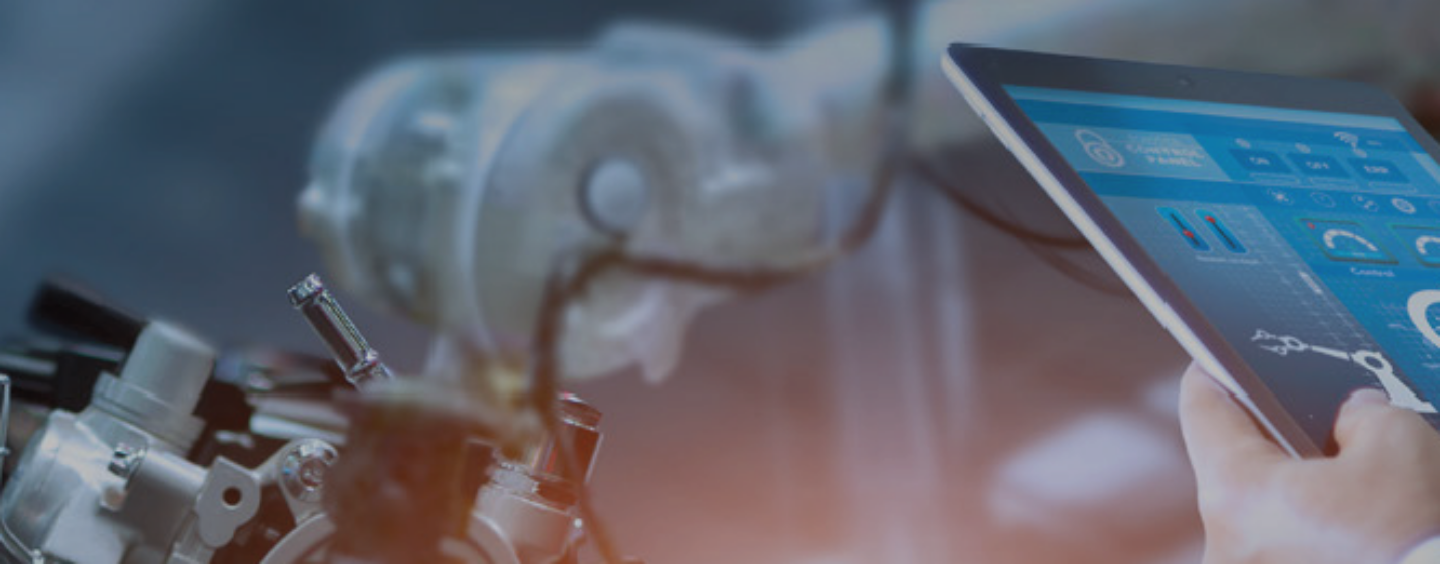When we develop electronic and electrical systems, we are familiar with taking measurements of parameters such as power, voltage and current and there are tried and tested methods of capturing and analysing this data.
Yet, increasingly, these electrical quantities are not the whole story. With the rise of mechatronic systems such as robots and autonomous guided vehicles, which combine a large degree of movement with sophisticated control systems, there is an increasing need to capture mechanical and physical data as well. Developers want to know how vibration in components might damage electrical connections, how torque demand could affect battery life and the temperature gradients experienced by components such as brakes.
As well as capturing the data itself, we want to know exactly when events occurred and how long the phenomena last.
Questions might include:
- When did that voltage spike occur, and did it lead to the damage on that integrated circuit?
- What torque moments do those axles experience and how long for?
- Can we capture data over long periods of time, comparing events that might have happened weeks apart?
At Yokogawa, we’ve thought long and hard about this and realised that developers need a system that captures different types of data and allows different data sources to be coordinated.
Oscilloscope and recorder in one
One part of the answer is our latest ScopeCorder, the DL950, which combines the benefits of an oscilloscope and a recorder in a single instrument. Waveforms can be observed in detail and the trigger capability can be used to identify and isolate the event of interest.
It offers a large number of channels and the ability to take measurements over long periods of time, up to 50 hours. Developers can combine electrical measurements with mechanical measurements. For example, on a wind turbine, we could measure both the current developed and use a rotational sensor to measure the position of the shaft, or strain gauges to assess the deflection of rotor blades.
Talking with engineers working with previous models in the ScopeCorder family, they said they wanted more channels, a faster sample speed and increased flexibility and efficiency of use.
The DL950 can run up to 32 isolated analog channels with data acquisition rates of up to 10 MS/s at 16-bit or up to 128 digital channels. If more are needed, up to five DL950 units can be synchronized to offer up to 160 analog input channels.
It also offers a wider range of input modules – no less than 21, including universal voltage/temperature, acceleration/voltage and strain modules.
Ease of set up is also vital. No-one wants to spend longer setting up a test than necessary – we want to get on and get the actual data we are interested in. That’s why we made sure the DL950 is easy to use. Touching an application icon brings up the graphical setup screen, while a guide-through wizard makes application set up easy. Users can also register their own favourite applications.
See all your measurements together
What if your test set up needs different instruments? This can be a common situation if you’re trying to capture widely differing signals with different frequencies and timings.
Oscilloscopes offer high sample speed and in-depth views of waveforms – for example, the ScopeCorder can display many types of signals in high resolution, while power analyzers offer unrivalled accuracy in power measurements. However, operating these instruments together can be difficult due to the different user interfaces and the need to correlate the timing of the various input signals.
The IS8000 software platform meets this challenge by tightly integrating the timing, control, and data collection from several instruments.
Allowing instruments to work together like this as a complete system gives coherent measurements during product development, making it easier to debug and analyze data by viewing all measurements on a single display. It also allows you to share data easily throughout your organization.
IS8000 can be used to remotely operate Yokogawa’s high-precision power analyzer, high-speed recorder and oscilloscope, which can all be monitored and configured from the software. You can even control high-speed cameras, so you can see physical phenomena and match them to the events and signals that preceded them.
The combination of DL950 and IS8000 opens up a new world of measurement – no longer are we restricted to looking at signals in isolation, trying to interpret them. Now everything happens before our eyes, giving us the chance to really explore the total behaviour of the solution under test and ensure we can get the performance we and our customers need.



No Comments so far
Jump into a conversationNo Comments Yet!
You can be the one to start a conversation.